Decoding the Northern Lights: Understanding the Science Behind Their Stunning Visuals
Auroras, or the Northern/Arctic Lights that dance across the sky, have found different meanings in different cultures. According to the Vikings, they were reflections from the 'armor of the Valkyries'. To the native Eskimos of Greenland and nearby Canada, it was a communication from the dead. For Native Americans, it was the light from the great campfires of the north. In the Middle Ages, they were omens of war or disaster, like the plague.
Today, it has a completely different definition. So what are these natural light shows in more detail and how do they occur? Let's read the details :)
'Aurora or Northern Lights' comes from the Roman Goddess 'Aurora', which means 'North'.
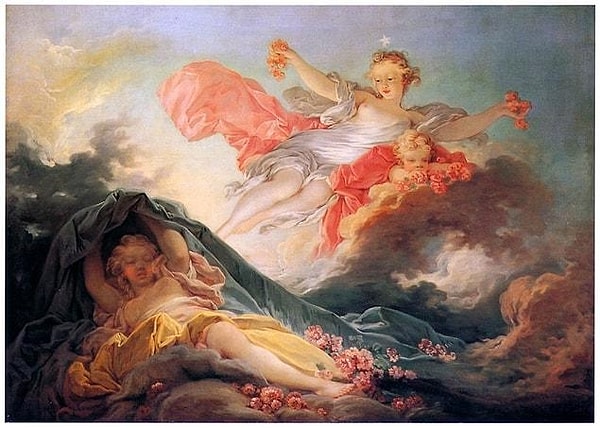
It occurs almost every night around the Arctic Circle in northern Norway and Alaska. Their frequency decreases the further south you go. Around southern Alaska, southern Norway, Scotland and the United Kingdom, they can appear about one to ten times a month. Near the United States/Canada border, they occur two to four times a year. Once or twice a century, this spectacular sighting occurs in South America, Mexico and Ecuador.
Oxygen and nitrogen are the reason why they have such different and fascinating colors.

Oxygen ions emit red and yellow light, while nitrogen ions emit red, blue and violet light. In areas where both oxygen and nitrogen are present, we see green. The reason why we see different colors in different places has to do with the concentration of oxygen and nitrogen.
Another interesting fact about auroras is that they can help us understand the Earth's magnetic field and how it changes over time.
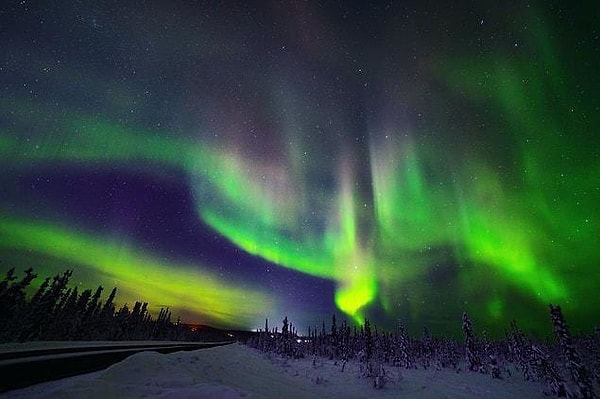
Because the Earth's magnetic field is three-dimensional, the aurora appears as an oval ring around the pole. This has been observed from satellites, the International Space Station and the space shuttle.
The diameter of the auroral ring can vary. In general, they remain near the Pole Regions.
So, how do these admirable light shows happen?
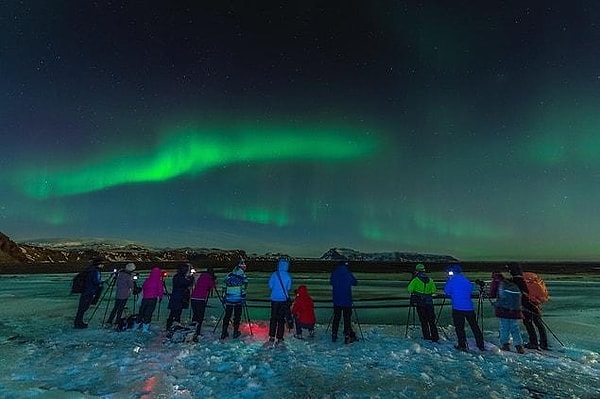
Auroras are an indicator of the connection between the Earth and the Sun. The frequency of auroras correlates with the frequency of solar activity and the 11-year cycle of activity.
When 'fusion energy' takes place inside the Sun, high-energy particles such as ions, electrons, protons, neutrinos and radiation are emitted.
When the Sun's activity is high, large explosions called solar flares and 'coronal mass ejections' occur, releasing these high-energy particles and radiation into space. When they hit the Earth, they encounter its magnetic field.
The poles of the Earth's magnetic field are close to, but not exactly over, where the planet rotates on its axis.
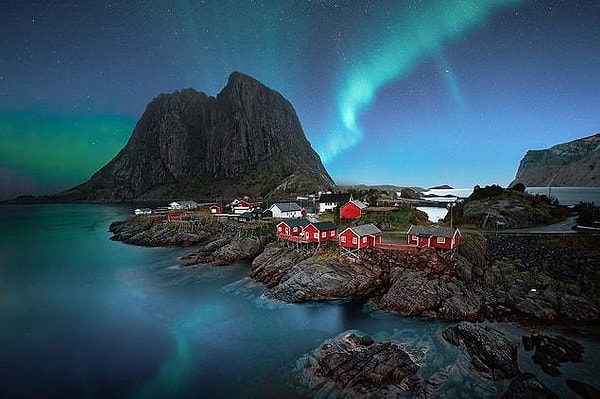
According to scientists, the Earth's liquid iron outer core rotates and generates a magnetic field. The field is modified by the solar wind, compressing the side facing the sun and pulling it to the opposite side.
The solar wind creates an opening in the magnetic field at the 'polar ends' of the magnetosphere on the Sun's side.
How does all this cause the aurora to form?
When charged particles of the 'solar wind' (the continuous flow of charged particles from the Sun's corona into space) hit the Earth's magnetic field, they travel along it.
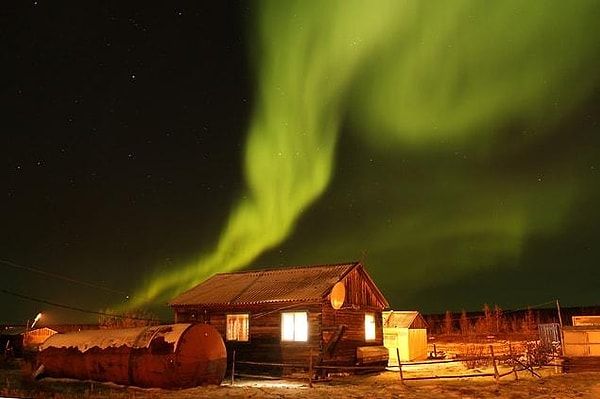
While some particles are deflected around the Earth, others interact with the 'magnetic field lines' in magnetic fields that cause charged particles to move towards both poles.

This is why there are simultaneous Auroras in both hemispheres.
When an electric charge crosses a magnetic field, it produces an electric current. As these currents descend into the atmosphere along the magnetic field lines, they gather more energy.

When they hit the 'ionosphere' region in the Earth's upper atmosphere, they collide with oxygen and nitrogen ions.
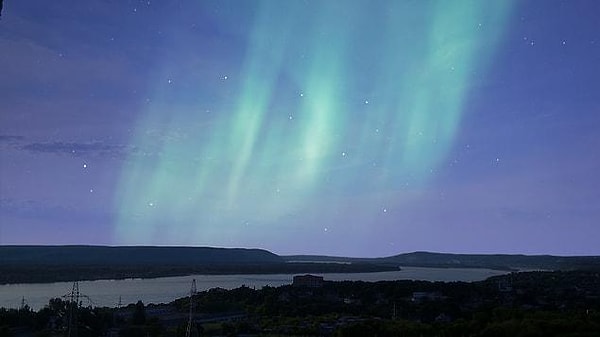
The particles affect oxygen and nitrogen ions and transfer their energy to them.
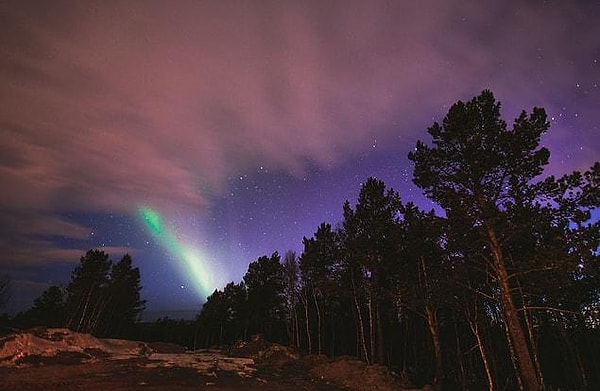
The absorption of these energies by oxygen and nitrogen ions causes the electrons in them to be stimulated and move from low energy to high energy 'orbitals'.
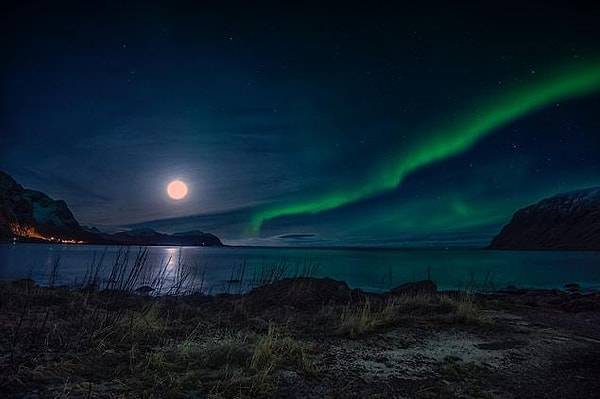
When the stimulated ions relax, the electrons in the oxygen and nitrogen atoms return to their original orbits. In the process, they re-emit energy 'in the form of light'. This light forms the aurora.
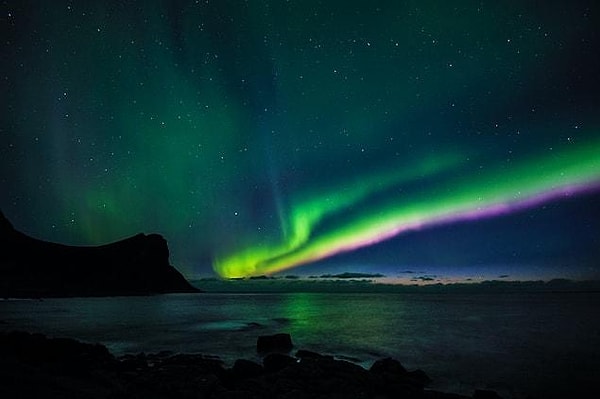
Different colors are made up of light emitted from different ions.
Here's few fascinating visuals.



Truly mesmerizing images! What do you think? We look forward to your comments.
Keşfet ile ziyaret ettiğin tüm kategorileri tek akışta gör!


Send Comment